How Anodization Improves Spray Gun Parts
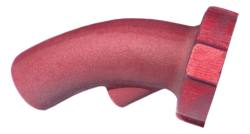 Earlier this year AST launched an upgraded pole gun head and tip retainer that come with a red anodization. This brings up some good questions: What is anodization? How does it improve spray gun parts? Why do anodized parts help your business?
Earlier this year AST launched an upgraded pole gun head and tip retainer that come with a red anodization. This brings up some good questions: What is anodization? How does it improve spray gun parts? Why do anodized parts help your business?
These are all excellent questions. Let’s first learn about what anodization is and how it works and then we will get into the specific benefits that anodization offers you if you decide to purchase anodized pole gun parts.
Summary:
- Anodization adds a layer of oxidation to the surface of parts. On aluminum pole gun parts, the oxidation is aluminum oxide.
- This layer of oxidation is more durable than the underlying aluminum, which helps lessen the effects of normal wear and tear, increasing the lifespan of the parts. It can also help prevent thread galling and other damage to parts.
- Another perk of anodization is it allows color to be added to parts.
What is anodization?
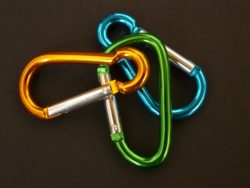
Anodization is a process in which a layer of oxidation is added to the surface of a substrate metal in a controlled way. During the process, the oxide is “grown” from the metal itself.
Unlike paint, the barrier layer created by anodizing is not a coating. Rather, it becomes part of the surface of the metal itself. This means that it cannot peal, chip, or otherwise flake away.
This layer can be different thicknesses depending on how long the part is left in the electrolyte bath. A thinner layer offers less protection but adding too much thickness to parts can knock them out of tolerance. Too thick of a layer and the tip retainer wouldn’t be able to thread onto the pole gun head. Oftentimes, a nice middle ground is the best way to go.
You may be familiar with these items that are commonly anodized:
- Kitchen equipment
- Metal cases
- Camera tripod legs
- Carabiners
How do parts get anodized?
The first step in anodizing is simple: clean the parts!
After that, the explanation of the process becomes laden with science terms and concepts:
- The parts to be anodized are placed in an electrolyte bath.
- The parts are connected to the positive side of an energy source and become an anode. A cathode connected to the negative side of an energy source is placed in the bath, giving the electrolyte plates in the bath a negative charge.
- The reaction that results from this energy flow opens pores in the part, allowing it to bond with the negative oxygen ions in the bath, which creates aluminum oxide. This is what is meant by the oxide “grows” from the aluminum part. The longer the part is left undergoing this process, the more the pores deepen and the more aluminum oxide is created with the part and the negative ions, resulting in a thicker barrier layer. This barrier layer becomes the surface of the aluminum and is stronger and more durable than the underlying aluminum.
That can be a lot to try to understand! A simple way of thinking about the process is that anodization enhances the natural layer of oxidization that is on every aluminum part exposed to oxygen. Anodization makes the layer thicker and more uniform so we can reap the benefits of the oxidization.
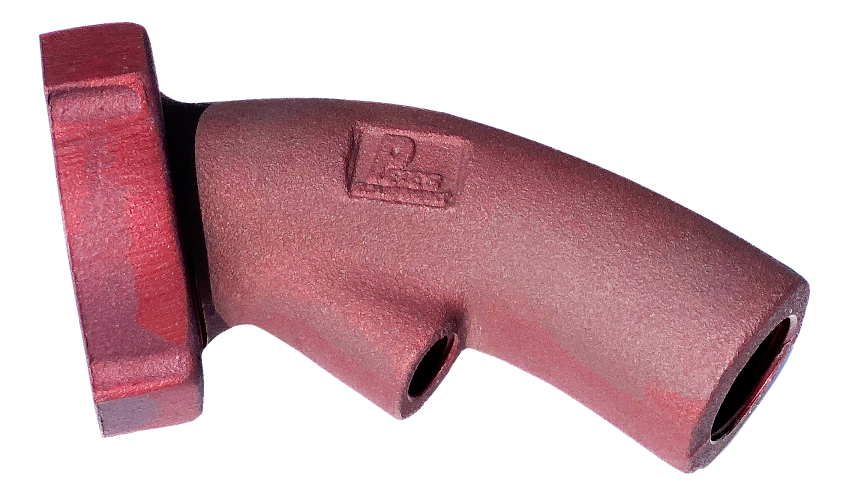
What are the advantages of anodized parts?
Anodization has numerous benefits of varying importance depending on the application.
Aluminum oxide adds durability to the surface of the parts. Here’s a fun fact: Aluminum oxide is a 9 on the Mohs’ Hardness scale. This scale measures a mineral’s relative resistance to scratching, with 10 being diamonds, which are extremely scratch resistant, and 1 being talc, which is not very scratch resistant. At a 9, aluminum oxide is only one step below diamonds in terms of scratch resistance. A steel nail is only a 6.5! Regular aluminum is approximately a 2.8. This helps illustrate why adding a thin layer of aluminum oxide increases durability.
Anodization can prevent thread galling. Galling occurs when there is too much force applied to mated threaded surfaces and they fuse together. Soft metals such as aluminum are especially susceptible to this. Increasing the hardness of threaded parts such as the tip retainer and pole gun head through anodizing can help prevent thread galling from occurring if they get tightened with too much force.
Due to its increased durability and scratch resistance, anodized parts are easier to maintain because they last longer and won’t require as much maintenance over their lifespan.
Color can also be added as part of the anodization process. While this is purely aesthetic, it is a great way to add some flare to anodized parts.
Why does anodization improve pole gun parts?
You probably have a good idea of the answer to this question after reading this article. When you boil it down, the best reason to choose anodized parts is that they will last longer and hold up better to the demands of the job site. In simple terms, anodized parts make your life easier and your work more efficient by providing a longer lifespan, easier maintenance, and an increased tolerance for heavy duty use.
View AST anodized pole gun parts

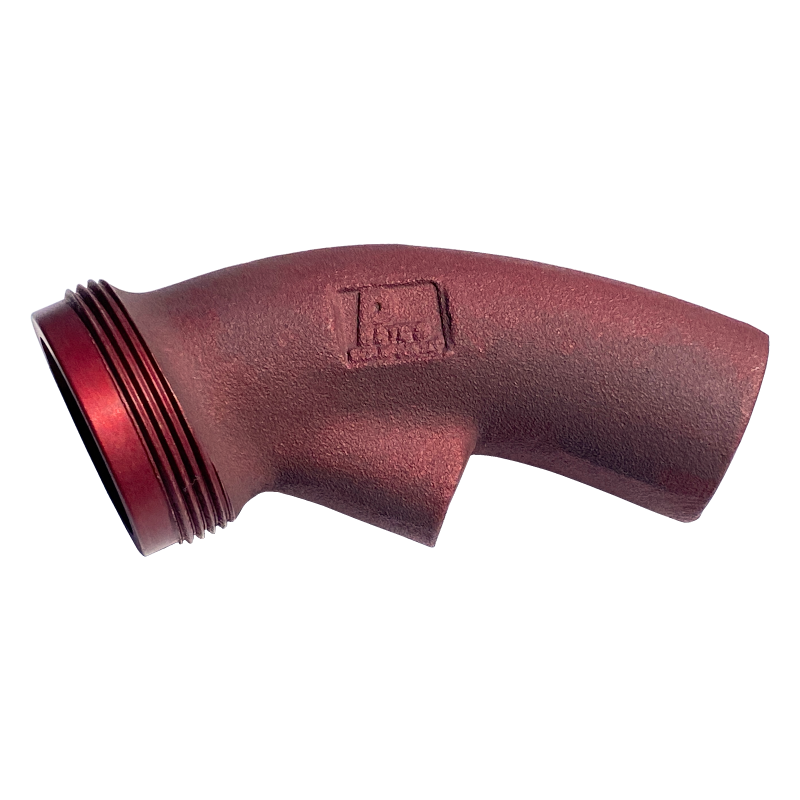 Anodized Pole Gun Head
Anodized Pole Gun Head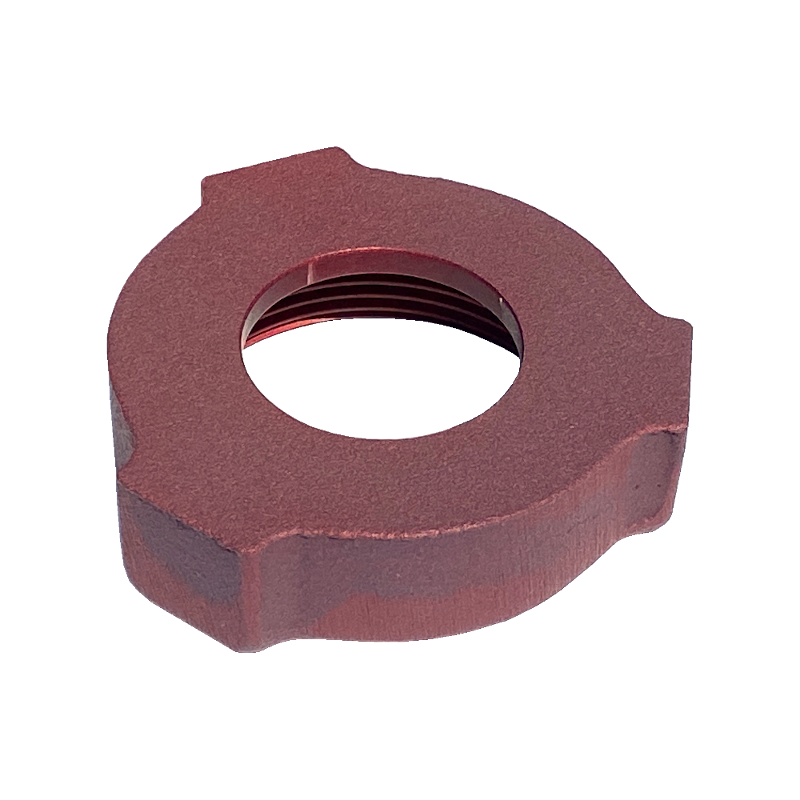 Anodized Tip Retainer
Anodized Tip Retainer